Recruiting Essentials: Be Seen
May 16, 2017

By Brandon Hall
North Carolina Director of Scouting
One area parents and players are working to better understand is the ability to be seen by college coaches and scouts. With the cost of playing baseball continually on the rise, along with the cost of a college education, the cost-benefit of a showcase, camp, and even team are being analyzed. College coaches understand this as most are dealing with cost analyzation of their own.
In most baseball offices across the country, the budget may be discussed several times a week. Head coaches, recruiting coordinators, and directors of operations are constantly working to stretch their bottom lines, while raising money to accomplish their goals on the field, in the community, and on the recruiting trail.
Today we are going to look at some common themes and questions players and families have as they are working to #BeSeen.
Video
As a recruiting coordinator hosting information sessions on the process, the number one question that I would receive revolved around video – Do coaches actually watch? Do programs make decisions off video? What is the best way to get a video to a program?
